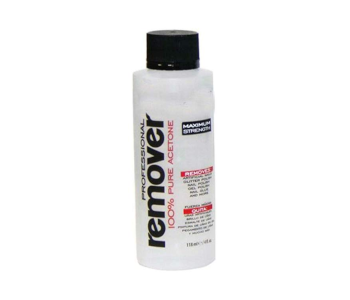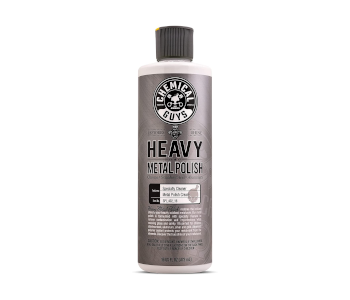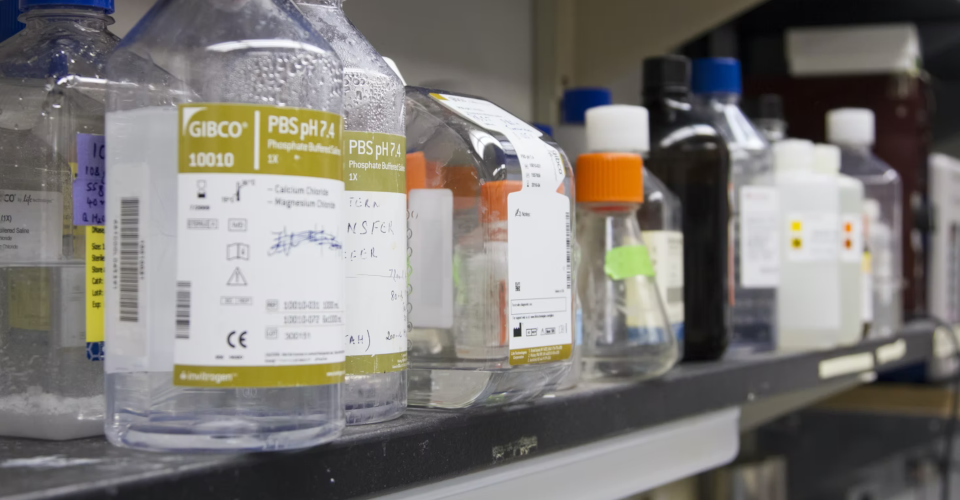Can You Use Solvent to Smooth PLA?
While there are some solvents that can dissolve PLA enough to smooth its surface, these solvents are very toxic and will likely be difficult to acquire. Solvent smoothing of PLA is not as easy and does not deliver the same results as vapor smoothing of ABS using acetone. Our advice is to just stick with other ways of post-processing PLA.
Smoothing the surface of a 3D print using a solvent is possibly one of the easiest ways of post-processing. However, this is not a method that is typically used for PLA. Is it possible at all to use solvent to smooth or dissolve PLA?
Which solvents are compatible with PLA?
Although solvent-based post-processing methods are not commonly discussed when it comes to PLA, it is still theoretically possible. PLA is, after all, just another thermoplastic polymer for which there are compatible solvents. These are the solvents that can potentially dissolve PLA:
- Tetrahydrofuran
- Methyl ethyl ketone
- Acetone
- Ethyl acetate
- Sodium hydroxide
If a piece of PLA were submerged in any of these solvents, then it will likely dissolve completely after some time. However, the question is not whether PLA will dissolve – it is whether these solvents are suitable for smoothing a finished PLA print.
How effective are these solvents for PLA smoothing?
When assessing a solvent for PLA smoothing, we must consider not just its effectivity but also how safe it is to use. Some of these chemicals are toxic, so you might not even be able to buy them off Amazon. Are the results worth the risk? We will have to look at the solvent options individually.
Tetrahydrofuran (THF)

THF has a very low flash point and is a good candidate for vapor smoothing. The technique is similar to acetone – just place the PLA print inside a sealed container with a small amount of THF solvent.
Based on anecdotes, vapor smoothing of PLA using THF yields acceptable results. The surface quality of the finished product is massively improved from the original, although smoother ABS using acetone still looks better.
A major issue with THF use is the fact that the solvent is very toxic. Handling of THF is best done in a laboratory with a proper fume hood. It is highly flammable, and the fumes can cause severe health effects when inhaled. Storage conditions of THF must also be highly controlled, as they can accumulate even more dangerous peroxide compounds.
Methyl ethyl ketone
Methyl ethyl ketone or butanone is an isomer of THF, which means that it has a similar chemical composition but a slightly different structure. Similar to THF, MEK can be a viable option for vapor smoothing of PLA to produce satisfyingly good results.
MEK vapor has similar hazards to that of THF. It is flammable, can lead to respiratory conditions if inhaled, and can cause severe irritation upon skin contact. Some reviewers have also warned against neuropsychological effects associated with long-term exposure with MEK.
As with THF, you may not be able to purchase MEK easily. THF is considered a possible precursor to illicit drugs, so distribution of it may be highly controlled.
Acetone

Acetone remains worth consideration for PLA on account of how heavily it is used with ABS. Anyone experienced with working with ABS knows how easily ABS can be used for vapor smoothing.
Unfortunately, acetone vapor smoothing is just not as effective when done with PLA. When smoothed with acetone, PLA tends to come out with a surface that is tacky or sticky with residue. When overexposed to acetone, PLA can also get bleached or crack to the point of total failure.
Ethyl acetate
Ethyl acetate has often been considered equivalent to acetone for ABS, except it is meant for PLA. Compared to MEK or THF, ethyl acetate is a much more benign chemical compound and probably also easier to buy.
Vapor smoothing with ethyl acetate is a bit more complicated, as it requires heating to a temperature of at least 77 C. The extra effort may not be worth it – vapor smoothing with ethyl acetate tends to leave the surface of a PLA print sticky and deformed. You’re also likely to still end up with visible layer lines.
Sodium hydroxide
The last solvent option is sodium hydroxide, more commonly known as caustic soda. Unlike the other solvents in this list, sodium hydroxide is an inorganic compound. This should already give you a clue about its expected performance.
When sodium hydroxide comes in contact with PLA, it breaks PLA down via hydrolysis. This is not the same as dissolution. This means that applying sodium hydroxide to the surface of PLA will more likely cause it to be damaged.
Moreover, sodium hydroxide is considered a very dangerous compound. At high concentrations, a sodium hydroxide solution can cause severe skin irritation and its fumes can be very noxious when inhaled.
When it comes to PLA and solvents, the recurring theme is that the results are often not worth the trouble. Most of the chemicals proposed for solvent smoothing of PLA are so hazardous that you may not even be able to buy them through the normal channels. Output quality is also questionable and definitely not at the same level that you would get with vapor smoothing of ABS with acetone.
Some alternatives to solvent-based smoothing

At this point, we cannot recommend doing any of the solvent-based post-processing methods for PLA. Doing vapor smoothing with solvents like THF or MEK is very dangerous, especially if you’re doing it using a DIY apparatus. There’s also the fact that the results can range from mediocre to downright disastrous.
Most would agree that the best post-processing method is the most traditional – good old-fashioned sanding. This can take a lot of time and work, but it’s possible to get your PLA prints to have a mirror-like surface with just sanding and polishing. Remember to start with a sandpaper with a low grit number and gradually move to higher grit numbers until around 2500 or 3000. Applying a polishing compound after sanding also massively helps.
Some people prefer to go with methods that do not involve sanding, mostly because of how much time it takes. This is the primary motivation for those who have tried solvent smoothing for PLA. If this is a sentiment you agree with, then we have another proposed method – heat treatment.
Heat treatment involves using a heat gun to very slowly melt the outer surface of your PLA print. Ideally, this should result in the layer lines fusing with each other and creating a much smoother surface. This method of “heat smoothing” has the benefit of being very quick, but you can still mess up your PLA print if you don’t know what you’re doing.
Make sure to set the temperature of the heat gun close to the glass transition temperature of PLA – anywhere between 75 to 80 C should work fine. Direct the heat gun towards the PLA print from a distance of about 1 foot and move it around slowly and consistently. Avoid lingering in one spot for too long, as this can cause deformation of specific parts.
Both sanding and heat treatment are physical methods of post-processing PLA. They are fundamentally simpler and safer and yield arguably more reliable results.
Final thoughts
In theory, solvent-based smoothing of PLA is possible. After all, solvents like ethyl acetate and THF can dissolve PLA given enough contact time.
However, this may not be a viable method in practice. Many of the solvents that have been identified as compatible with PLA are considered dangerous and should not be handled outside of a laboratory or professional facility.
If you’re looking for a way to post-process PLA prints quickly, then we suggest doing heat smoothing using a heat gun. This takes a bit of practice, but you can get very good results within a few minutes if you’re skilled enough.





